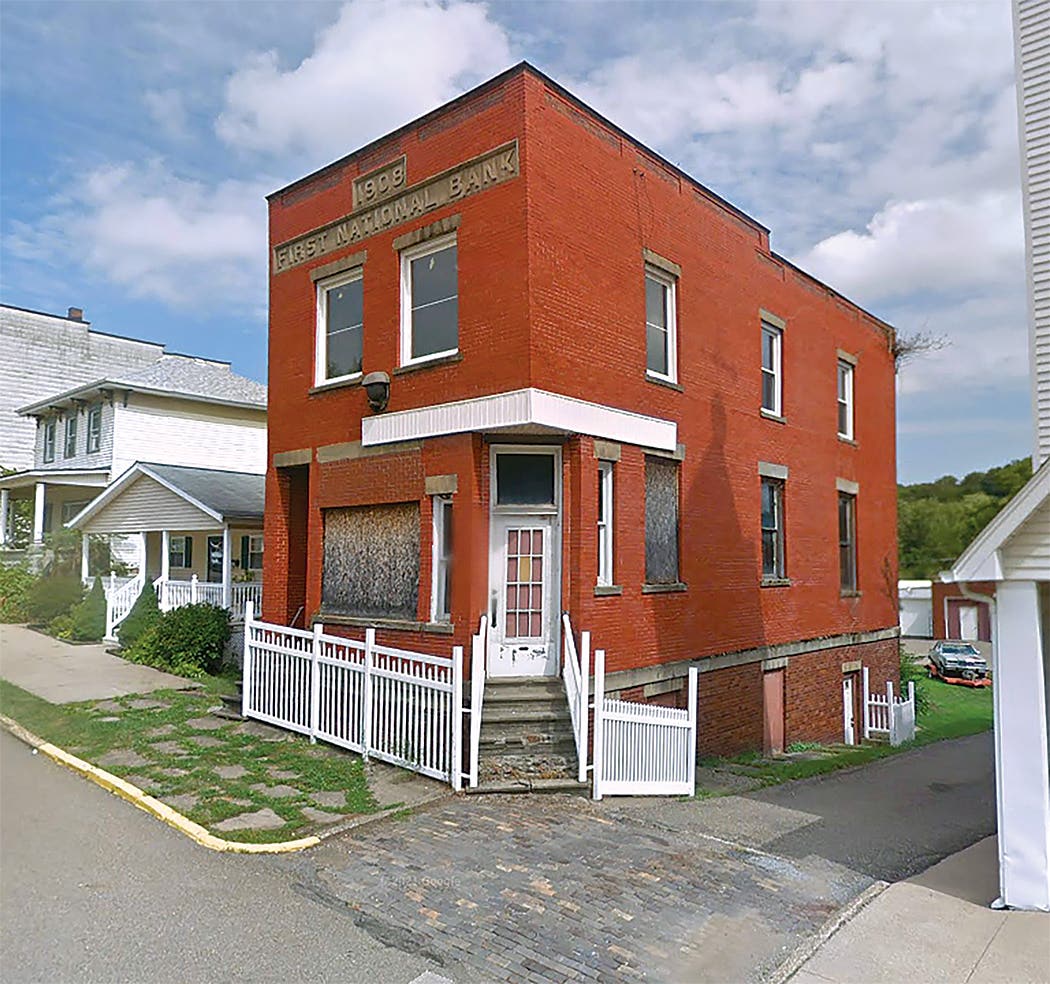Iditarod: Ghost Town with a Future
Author’s Note: It was a big surprise to me when I came across the illustrated check. Its origin was shown as Iditarod, Alaska. I had always assumed that the race…
Author’s Note: It was a big surprise to me when I came across the illustrated check. Its origin was shown as Iditarod, Alaska. I had always assumed that the race held annually by that name somehow had a local connection but didn’t give much thought to it. After this discovery, I discussed it with a good friend who spends much time in Alaska, and she provided me with the information you will read below. I am grateful for her assistance.
Iditarod means distant or distant place in the languages of Ingalik and Holikachu, which are spoken by indigenous Athabaskan peoples of northwestern Alaska. It is also the name of a municipality, a river, and a trail in the same area. It was a supply center for gold mining towns along the Yukon River; its most active years were from around 1905 to the 1920s. Since then, it has slowly dwindled in importance, finally becoming a ghost town with a few buildings still standing but without population. It does have many visitors every year.
The Iditarod Trail is the only winter trail in the National Trails System and the only Congressionally designated National Historic Trail in Alaska. The Iditarod National Historic Trail system is comprised of a 1,000-mile main trail between Seward and Nome, and an additional 1,400 miles of side/connecting trails that link communities and historic sites or provide parallel routes.
Congress established the Iditarod as a National Historic Trail in 1978. A May 17, 1978 Senate report noted that the trails comprising the Iditarod trail “…offer a rich diversity of climate, terrain, scenery, wildlife, recreation and in an environment largely unchanged since the days of the stampeders. It is the isolated, primitive quality of this historical environment that makes the National Historic Iditarod Trail proposal unique. Nowhere in the National Trail System is there such an extensive landscape, so demanding of durability and skill during its winter season of travel. On the Iditarod, today’s adventurer can duplicate the experience and challenge of yesteryear.”
Today, the Bureau of Land Management (BLM) works with partners to maintain and promote the historic qualities that make the Iditarod unique among our nation’s National Historic Trails. As the designated Trail administrator, BLM facilitates efforts by volunteers and local and state and federal agencies on behalf of the entire trail. BLM maintains about 120 miles of the trail, including five public shelter cabins. This Iditarod trail, a symbol of frontier travel and once main artery of Alaska’s winter commerce, provided access to a string of mining camps, trading posts and other settlements active between 1880 and 1920.
The Iditarod Annual Race
Established in 1973, the 50th anniversary race occurred in 2022 from Willow to Nome, about 1,049 miles. It goes through the ghost town of Iditarod. The purpose of holding this particular race is to perpetuate the tradition of dog mushing, the state sport even with the advent of airplanes and snow machines.








